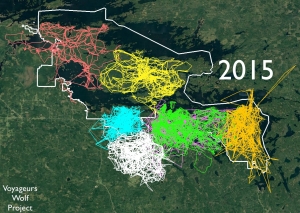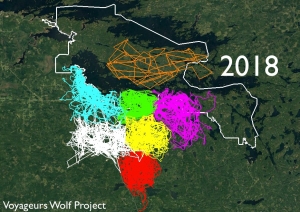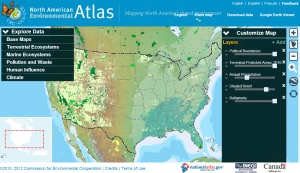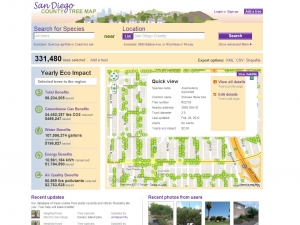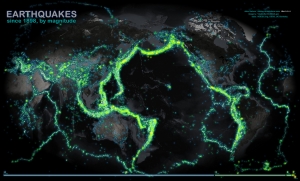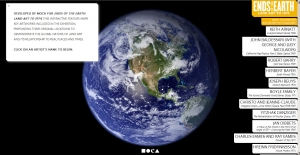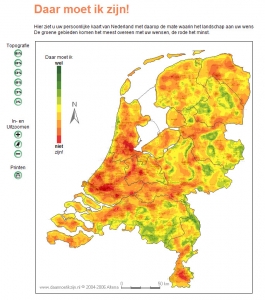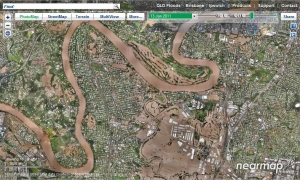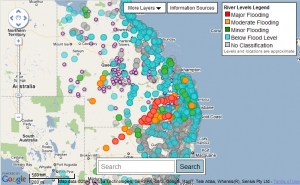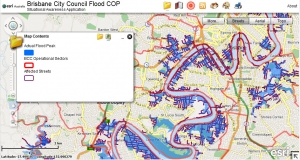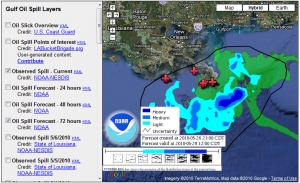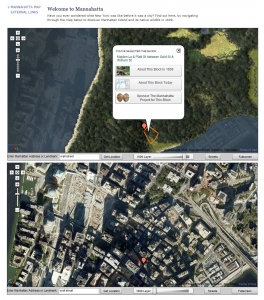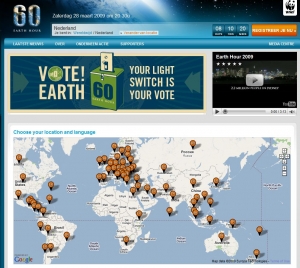Wolf Tracking
Wolves are awesome and endlessly fascinating, maybe because of their similarity to our favorite pets. One organization provides all the data, videos and some amazing maps, to satisfy the most die-hard wolf-lovers. As their Facebook says, Voyageurs Wolf Project studies wolves and their prey (moose, deer, and beavers) during the summer in the Greater Voyageurs Ecosystem, which includes the area in and around Voyageurs National Park, in northern Minnesota. These images, posted in Jan 2020, show the movements of various packs within the Voyager park area, generated by putting gps collars on pack members. There are unanswered questions as to whether some packs disappeared, new ones formed, etc.
For a day (or days) in the life of wolfie, check out Voyager’s website, and this page of animations.

